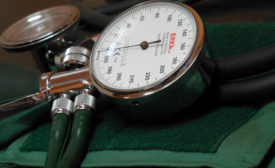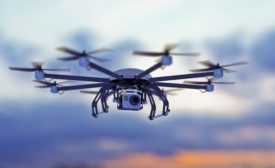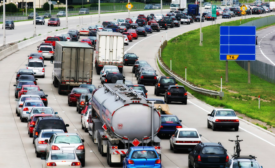News
Recurring hazards at Wegmans Food Markets in NY injure 2 workers
OSHA proposes more than $188K in fines for supermarket chain
September 18, 2015
Never miss the latest news and trends driving the safety industry
eNewsletter | Website | eMagazine
JOIN TODAYCopyright ©2024. All Rights Reserved BNP Media.
Design, CMS, Hosting & Web Development :: ePublishing








